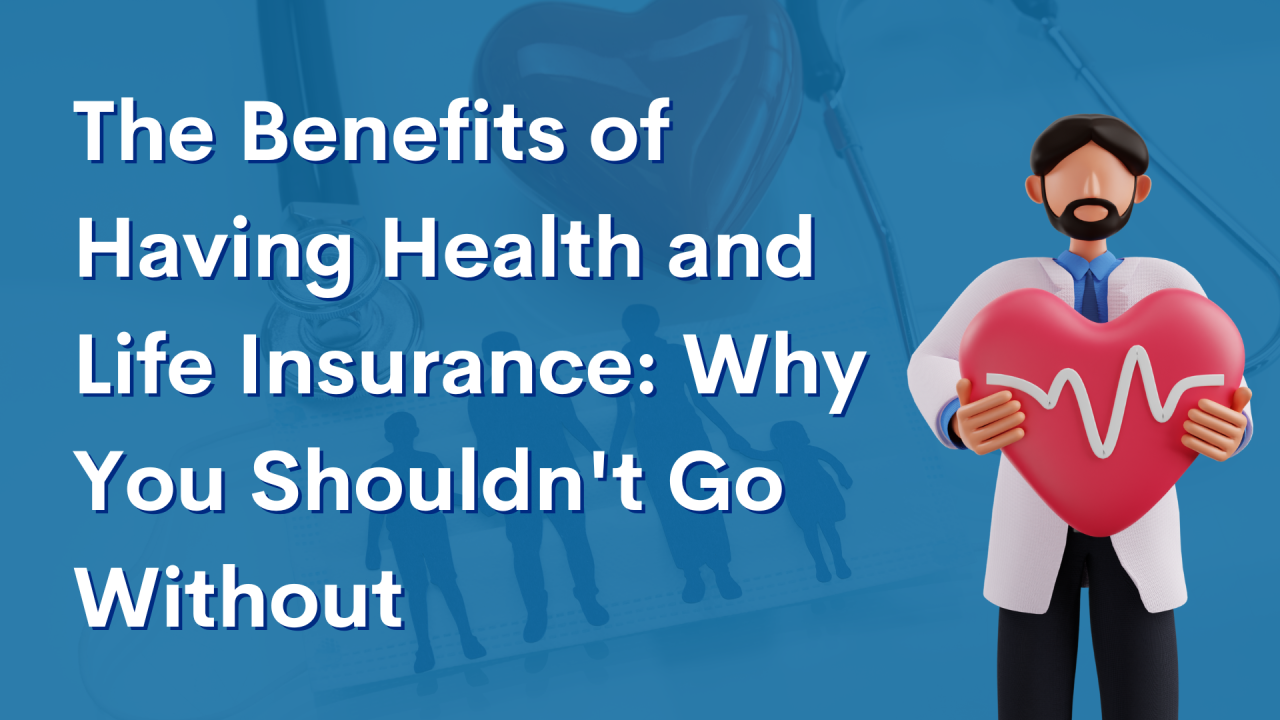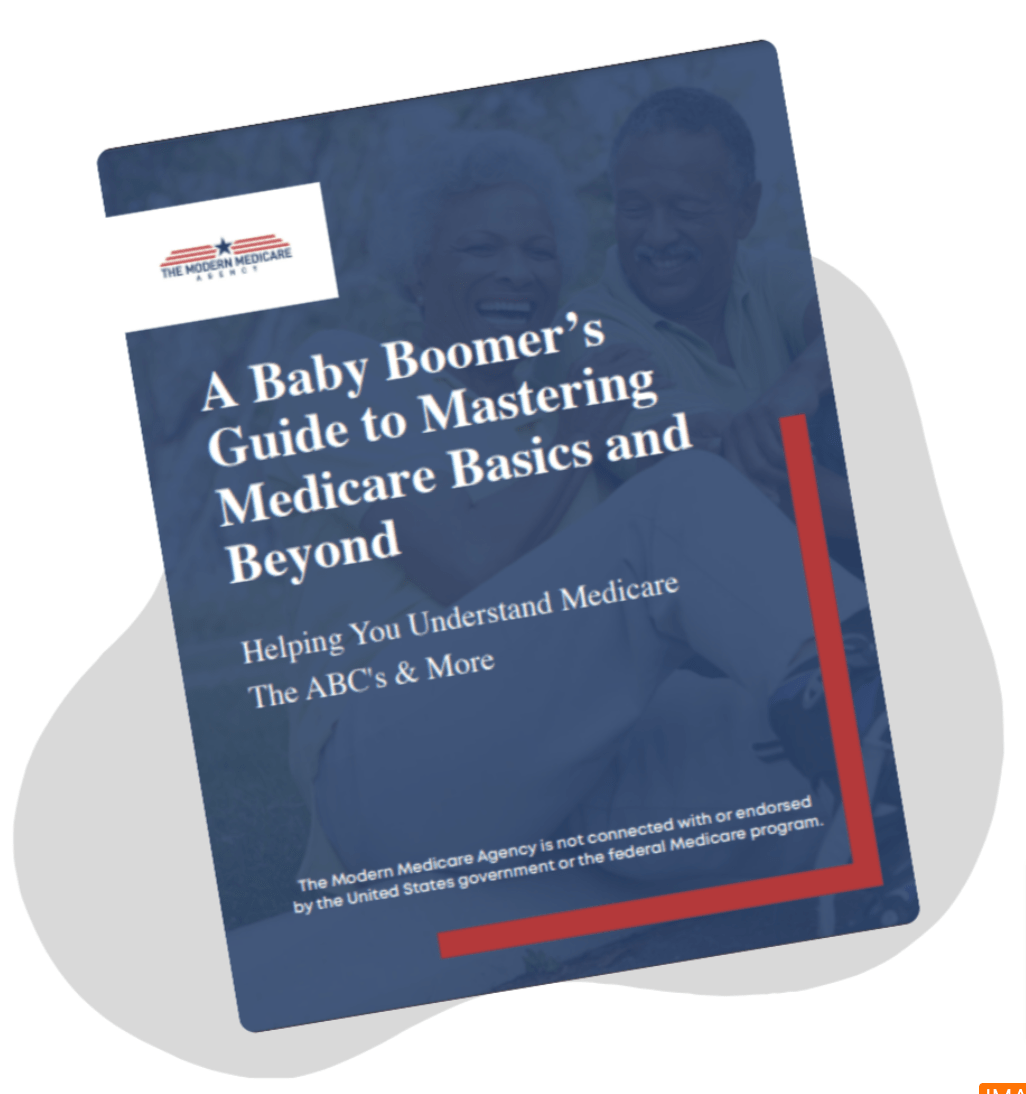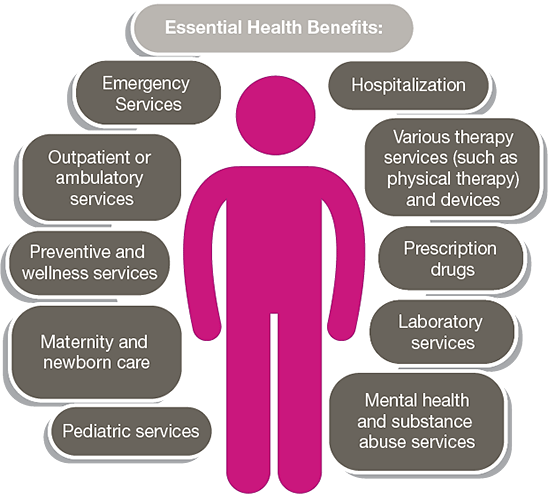The Facts About Medicare Advantage Agent Uncovered
The Facts About Medicare Advantage Agent Uncovered
Blog Article
The Single Strategy To Use For Medicare Advantage Agent
Table of ContentsTop Guidelines Of Medicare Advantage Agent7 Simple Techniques For Medicare Advantage AgentThe Basic Principles Of Medicare Advantage Agent


follows from confusing the puzzling young age profile of the uninsured with the better health, on average, of younger personsMore youthful For those without accessibility to office wellness insurance policy, inadequate health and wellness is a prospective barrier to buying nongroup protection because such coverage might be very priced, exclude preexisting problems, or be just not available. Unless otherwise kept in mind, national price quotes of people without health insurance and percentages of the populace with different kinds of coverage are based on the CPS, the most extensively made use of source of estimates of insurance policy protection and uninsurance rates.

Medicare Advantage Agent - The Facts
Over a three-year period starting early in 1993, 72 million people, 29 percent of the united state populace, lacked coverage for a minimum of one month. Within a solitary year(1994), 53 million people experienced a minimum of a month without protection(Bennefield, 1998a). 6 out of every ten without insurance adults are themselves used. Although working does boost the probability that one and one's member of the family will certainly have insurance policy, it is not a guarantee. Even participants of families with two permanent breadwinner have virtually a one-in-ten opportunity of being without insurance (9.1 percent uninsured rate)(Hoffman and Pohl, 2000 ). The partnership between wellness insurance and access to care is well developed, as recorded later in this chapter. The partnership in between health insurance coverage and health outcomes is neither direct nor easy, a substantial professional and wellness solutions research literary works web links wellness insurance coverage
to improved enhanced to care, better quality, and improved personal and population populace wellnessStanding As an example, the 2nd record, on personal health and wellness results for uninsured adults, is stood for by the inner circle of the number, while the third report, on family health, incorporates the topics of the 2nd record however highlights a different device of evaluation, specifically, the household. The sixth record in the collection will offer details regarding approaches and initiatives carried out in your area, statewide, or country wide to deal with the absence of insurance coverage and its unfavorable impacts. Degrees of analysis for checking out the impacts of uninsurance. This discussion of medical insurance coverage concentrates mainly on the united state population under age 65 due to the fact that essentially all Americans 65 and older have Medicare or other public protection.
It concentrates especially on those without any kind of wellness insurance policy for any kind of size of time. The troubles encountered by the underinsured remain in some respects comparable to those faced by the uninsured, although they are usually much less extreme. Uninsurance and underinsurance, nonetheless, go to these guys entail clearly various plan concerns, and the strategies for addressing them may vary. Throughout this research study and the five reports to comply her latest blog with, the main focus gets on individuals without any medical insurance and hence no help in spending for health and wellness care beyond what is readily available with charity and safeguard organizations. Health and wellness insurance policy is an effective factor influencing invoice of care because both people and medical professionals reply to the out-of-pocket cost of services. Wellness insurance coverage, nevertheless, is neither required nor enough to get to clinical services. The independent and direct effect of wellness
insurance coverage on access to health services solutions well established. Others will certainly obtain the wellness care they require even without medical insurance, by spending for it out of pocket or seeking it from service providers that use treatment complimentary or at highly subsidized prices. For still others, health and wellness insurance policy alone does not make sure invoice of care due to other nonfinancial barriers, such as an absence of healthcare service providers in their community, restricted accessibility to transportation, illiteracy, or linguistic and cultural distinctions. Formal published here research study concerning without insurance populations in the USA dates to the late 1920s and early 1930s when the Committee on the Price of Healthcare created a collection of records about financing medical professional office check outs and hospital stays. This issue ended up being significant as the varieties of medically indigent climbed up during the Great Clinical depression. Empirical studies consistently sustain the link between access to care and enhanced wellness end results(Bindman et al., 1995; Starfield, 1995 ). Having a regular resource of treatment can be considered a forecaster of gain access to, as opposed to a straight measure of it, when wellness outcomes are themselves used as access indicators. This extension of the concept of gain access to measurement was made by the IOM Board on Keeping Track Of Accessibility to Personal Health Care Services(Millman, 1993, p. Whether or not parents are insured shows up to affect whether their youngsters obtain treatment along with exactly how much careeven if the kids themselves have protection(Hanson, 1998). The health and wellness of parents can impact their ability to care for their children and the degree of family members stress and anxiety. Bothering with their kids's access to care is itself a source of stress and anxiety for moms and dads. 3 chapters follow in this report. Phase 2 supplies an introduction of how employment-based health insurance, public programs and specific insurance coverage run and engage to supply comprehensive however insufficient coverage of the united state population. This consists of an evaluation of historical fads and public laws affecting both public and exclusive insurance coverage, a discussion of the communications among the various types of insurance, and an examination of why people move from one program to one more or end up
Report this page